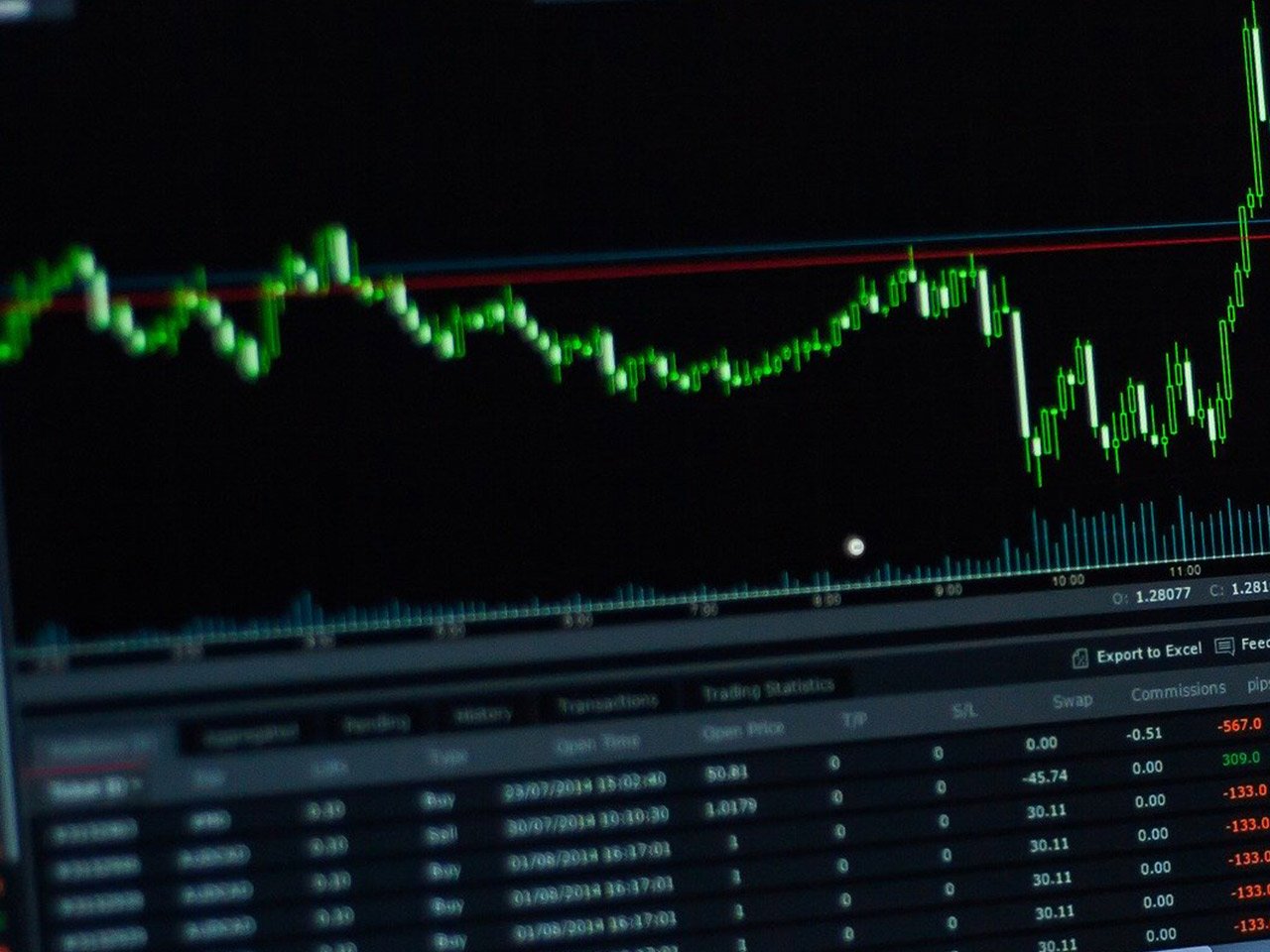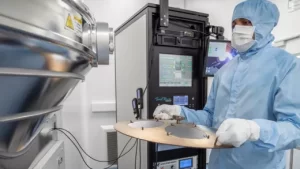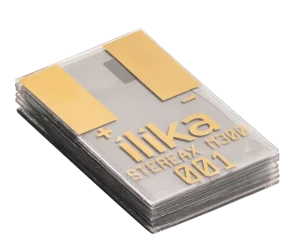Takeda Pharmaceutical Company Limited (NYSE: TAK), a prominent player in the healthcare sector, occupies a significant position in the drug manufacturing industry, specializing in both specialty and generic pharmaceuticals. With its vast legacy dating back to 1781, this Japanese biopharmaceutical giant continues to make strides in the global market, marked by its robust market cap of $45.86 billion.
Currently trading at $14.44 USD, Takeda’s stock has seen a modest price change of 0.08 (0.01%) recently. The 52-week range of $12.89 to $15.46 suggests a relatively stable trading pattern, with the current price nestled comfortably within this window. This stability is further backed by a 50-day moving average of $14.80, slightly above the current price, and a 200-day moving average of $14.23, indicating a steady upward trend over the long term.
An intriguing aspect for investors is the promising potential upside of 16.93%, based on analyst ratings and target prices. With an average target price of $16.88, Takeda presents an attractive opportunity for those seeking growth within the pharmaceutical sector. The analyst ratings further support this positive outlook, with three buy ratings and only one hold, underscoring a bullish sentiment among market experts.
However, a deeper dive into Takeda’s financials reveals some challenges. The company’s revenue growth has experienced a decline of 8.40%, prompting investors to consider the underlying reasons and potential for recovery. Despite this, Takeda has maintained a modest earnings per share (EPS) of 0.29 and a return on equity of 1.87%, reflecting its ability to generate profits from equity capital, albeit at lower levels.
One of Takeda’s compelling attractions is its dividend yield of 4.61%, offering investors a solid income stream. However, this comes with a caveat: a high payout ratio of 227.55%, suggesting that the company is distributing more in dividends than it earns in net income. This could be interpreted as a sign of confidence in future earnings or a potential red flag for dividend sustainability.
The technical indicators present a mixed picture. An RSI (14) of 78.26 suggests that the stock might be overbought, warranting caution for short-term investors. The MACD and Signal Line, both in negative territory, hint at possible bearish momentum, which investors should monitor closely.
Takeda’s extensive portfolio, spanning gastroenterology, rare diseases, oncology, and neuroscience, is bolstered by numerous collaborations and licensing agreements with leading biotech firms such as Neurocrine Biosciences, Seagen Inc., and GlaxoSmithKline. These strategic partnerships enhance its research and development capabilities, promising a pipeline of innovative treatments that could drive future growth.
For investors looking at Takeda, the key lies in balancing its potential upside against the backdrop of current financial challenges and technical signals. While the stock offers an attractive yield and growth potential, understanding the risks, particularly in revenue trends and dividend sustainability, is crucial for informed investment decisions. As Takeda navigates the evolving pharmaceutical landscape, its strategic initiatives and collaborations will play a pivotal role in shaping its future trajectory.










































